How Will Weather Affect My Skydiving Day?
Skydiving Safety
Posted by: Wisconsin Skydiving Center 1 year ago
It’s possible that the biggest thing stopping you from fulfilling your skydiving bucket list isn’t your fear, money, or even your friends telling you you’re a crazy person — it’s the weather! Skydivers have a love/hate relationship with the weather. On one hand, it blesses us with absolutely gorgeous and more-than-ideal jumping days. On the other, the weather gods can really dampen our skydiving plans.
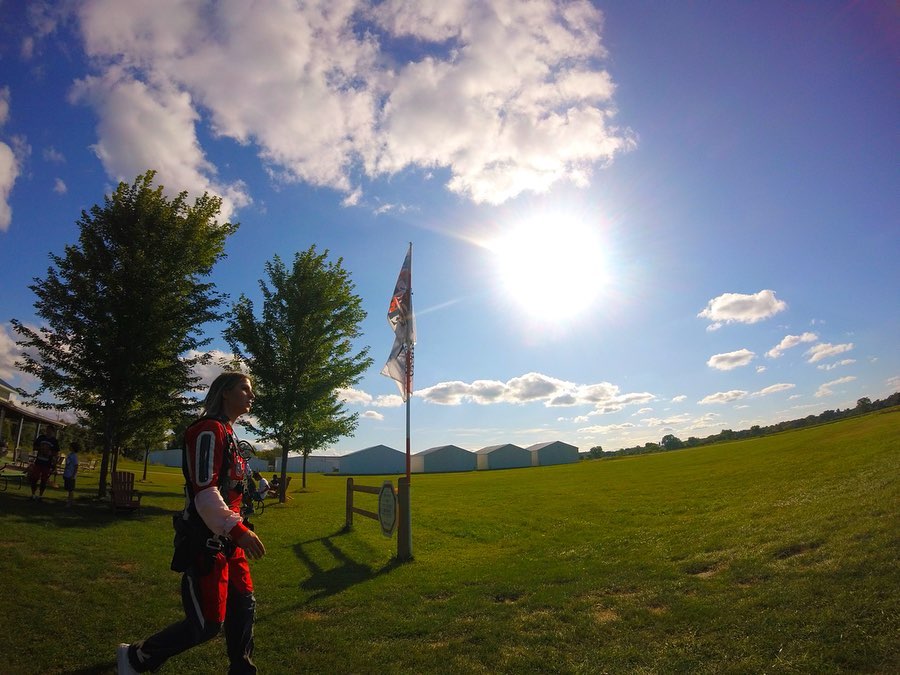
Skydivers tend to fall in two camps when it comes to weather. In camp one are those who religiously check the weather all week long, including checking the temperature, winds, humidity, the chance of precipitation, and cloud coverage. In camp two are those who never check it and blindly show up to the dropzone! So, how does weather affect skydiving, and what weather will cancel a skydive?
Temperature
The temperature is super important for skydiving. Not only does it to allow us to jump, but — as a northern state — it also makes the jump enjoyable (meaning, not freezing!). Skydiving when it’s too chilly outside can be uncomfortable, and potentially dangerous. Not being able to feel your hands while flying your parachute is not a fun (or safe) time!
The air temperature will actually decrease as altitude increases. While it may be a crisp and bearable 40 degrees F on the ground, the temperature decreases about 3 degrees for every 1,000 feet of altitude, making the temperature at exit altitude somewhere in the ballpark of 10 DEGREES! No thanks! Is your jump day predicted to be on the chillier side? We’ve got you covered with the best clothing tips.
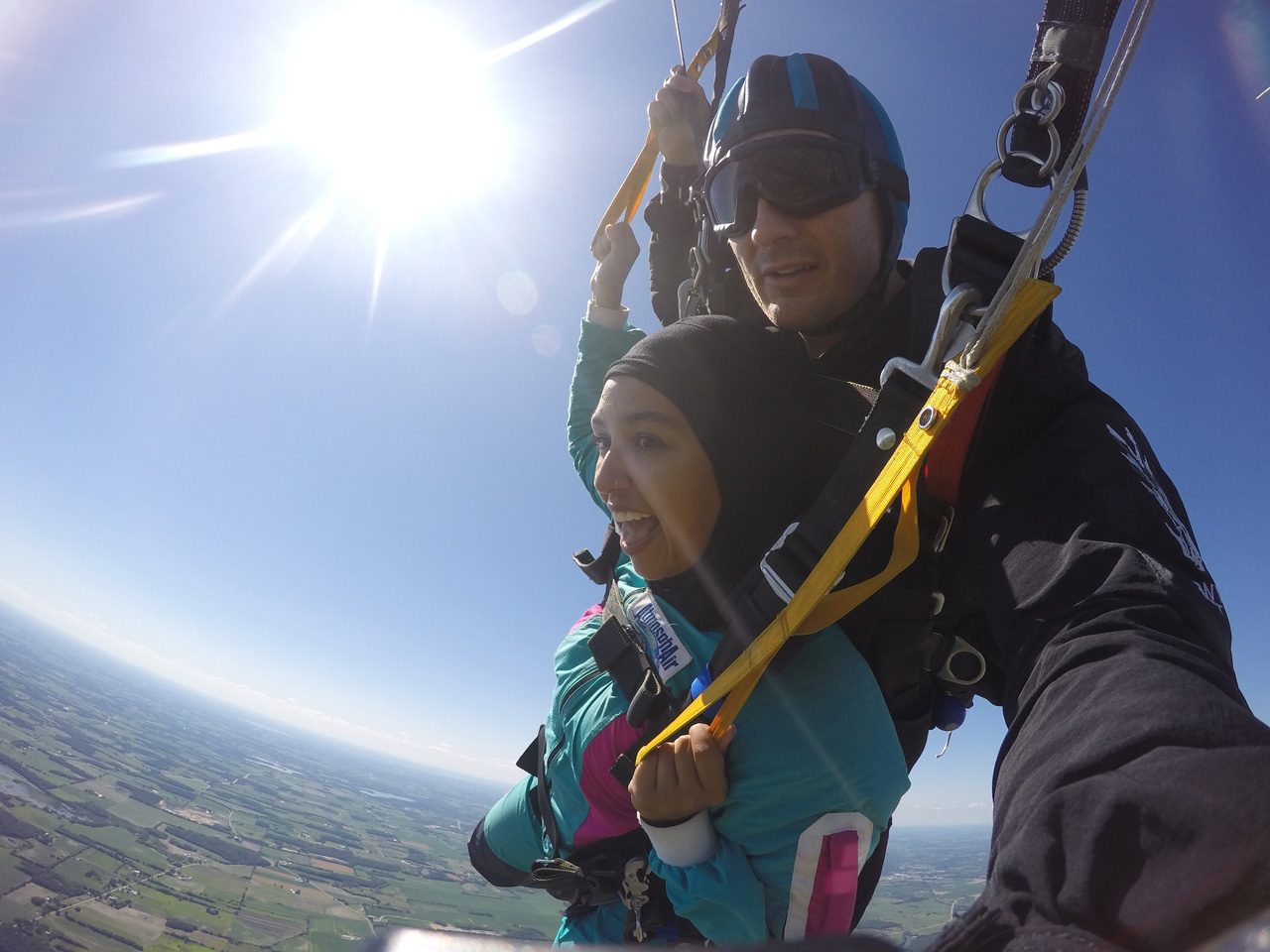
Wind
What are the best weather conditions for skydiving? Light and consistent winds make skydivers giddy. We look for three primary things when “checking the winds” — direction, variability, and speed.
- Wind Direction: The course that the wind is blowing will determine which way we land at the end of the skydive and where the plane drops us off. Skydivers typically (and always on tandem skydives) land facing into the wind, this will slow the rate of descent and the speed at which you’re whooshing across the ground.
- Variability: The consistency of the wind direction and speed is critical to assist in a safe landing. If one minute the wind is blowing directly north and the next minute it does a 180 and blows to the south, it creates un-jumpable conditions. Similarly, if the wind is suddenly dropping from 15 mph to 3 mph, this can create lots of turbulence and be potentially dangerous. While some variability in speed and direction is expected, we’re not keen on jumping into “extreme” conditions, especially with our tandem students!
- Speed: As mentioned above, wind speed is important! If the rate that someone moves forward under their parachute is 15 mph and the wind speed is 10 mph, they’re good to go! If the wind is 20 mph, they’ll essentially be landing while being pushed backward — which yes, you guessed it, creates a potentially dangerous situation!
Humidity
The humidity of the air is too often overlooked, but can really affect how the canopy flies! Simply stated, higher humidity will lower the density of the air, and vice versa. According to the United States Parachute Association, a skydiver can anticipate four things happening with a higher density altitude: a faster forward speed and rate of descent, a higher stall speed, and snippier opening forces. While none of these factors are menacing, it is important to know to expect them! Skydivers are able to place safety at the forefront of every skydive by being as prepared as possible for any and every scenario, which includes being familiar with your surroundings — the air!
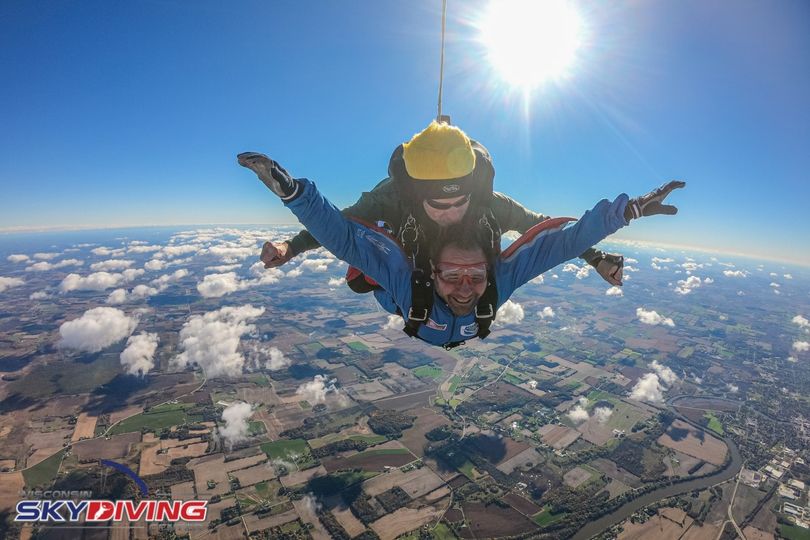
Precipitation
“Rain, rain, go away (and please never come back),” said every skydiver, ever. We can’t skydive in the rain. Rain turns the entire sky into a danger zone. It blocks vision by getting in our eyes and causing goggles to fog up. It hurts when it smacks your skin at 120 mph. And our gear isn’t designed to withstand it. Yes, skydiving gear can get wet and endure the occasional water landing when dried out properly afterward, but jumping through rain is a no-go. No one wants to fly a soggy canopy.
Can you skydive on a cloudy day? Big, fluffy clouds are beautiful from the ground and in the sky! The Federal Aviation Administration dictates cloud coverage regulations for skydivers, and scattered puffies are generally okay for jumpers (and make for an awesome photo and video backdrop)! However, clouds that have full coverage or rain clouds are indicative of no jumping. Why do clouds even matter? We can’t see through them! How can your tandem instructor provide you with the optimal skydiving experience if they can’t see?! Clouds block our vision from what is below them — other skydivers or aircraft, and also quickly fog goggles or helmet face shields.
What If My Skydive Gets Weathered Out?
Weather is notorious for being unpredictable, which means we’ve jumped on many days that were forecasted to be a total bust and the opposite is true, too! So, unfortunately, we can’t make any weather decisions until the day of your skydive. If the weather really isn’t looking too hot, we’ll give you a call two hours before your reservation to help you reschedule. If you’re coming from a long way away and the forecast is looking iffy, please give us a ring prior to starting your trek here. In the event that your skydive needs to be rescheduled, your original deposit will carry over, it will NOT expire.
Skydivers have a common saying when asked about the state of the weather, “You can’t jump if you’re not here,” which basically means, the weather can change at a moment’s notice, so don’t get discouraged! Book your tandem today, just in time for summer to catch yourself a sunny and 75 skydive!
Categories:
You May Be Interested In:
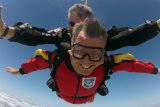
What’s a Skydiving AAD & Why It Matters
10 months ago by Wisconsin Skydiving Center

How Much Experience Do Skydiving Instructors Have?
11 months ago by Wisconsin Skydiving Center
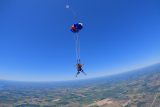
Do Skydivers Have Backup Parachutes?
1 year ago by Wisconsin Skydiving Center

Is Skydiving Safe? Stats, Equipment & Your First Time
1 year ago by Wisconsin Skydiving Center